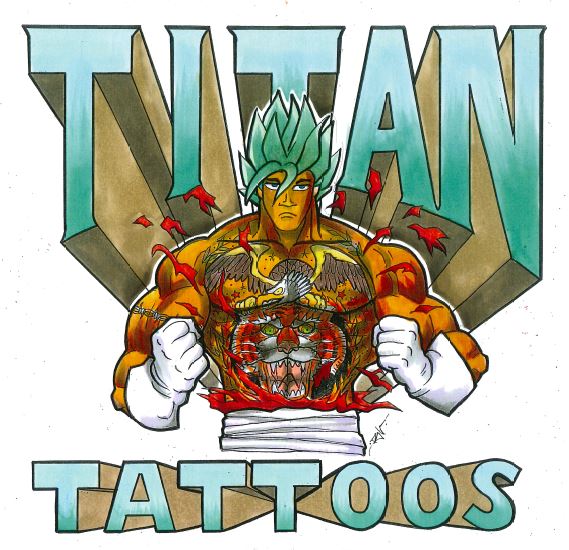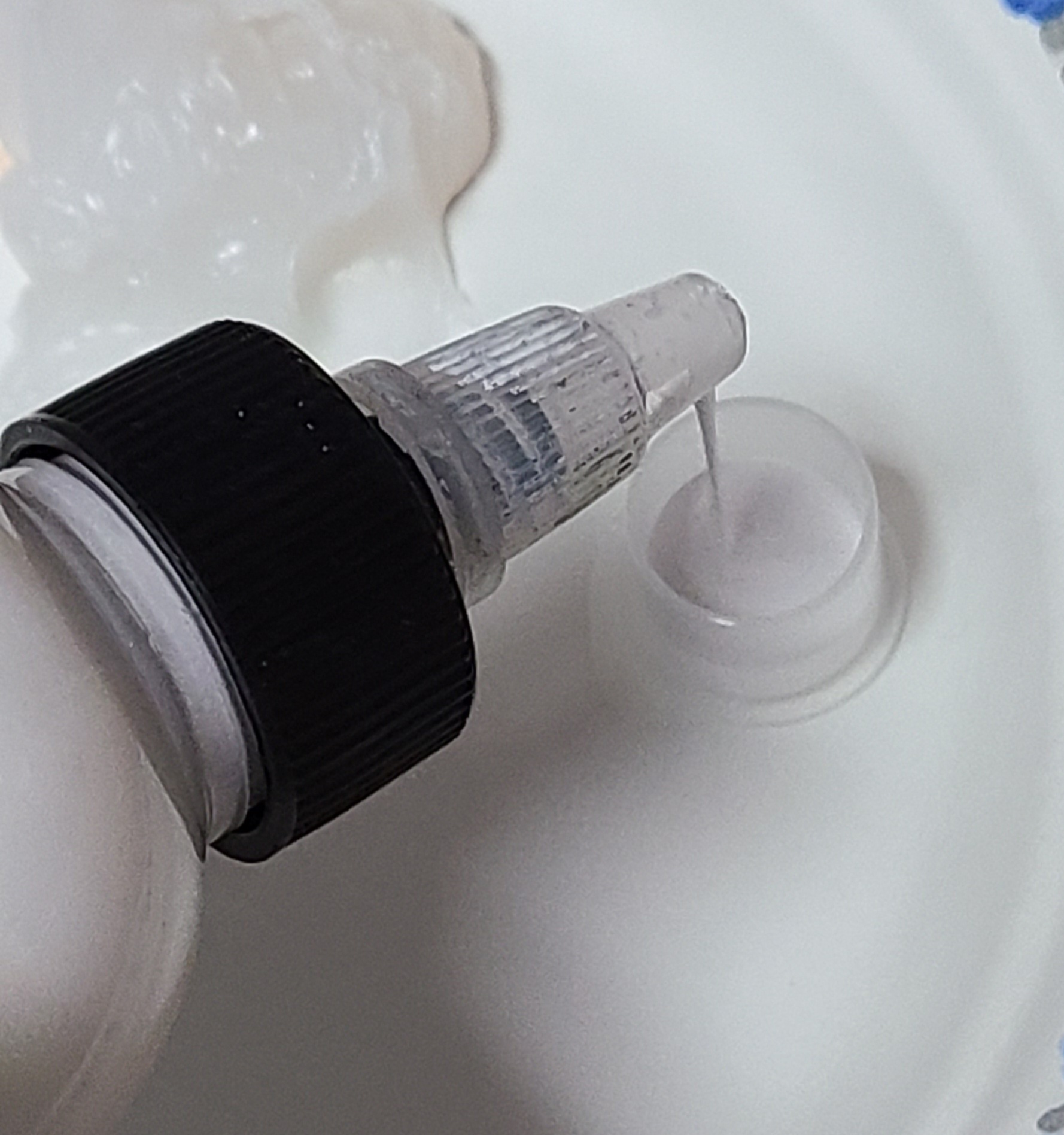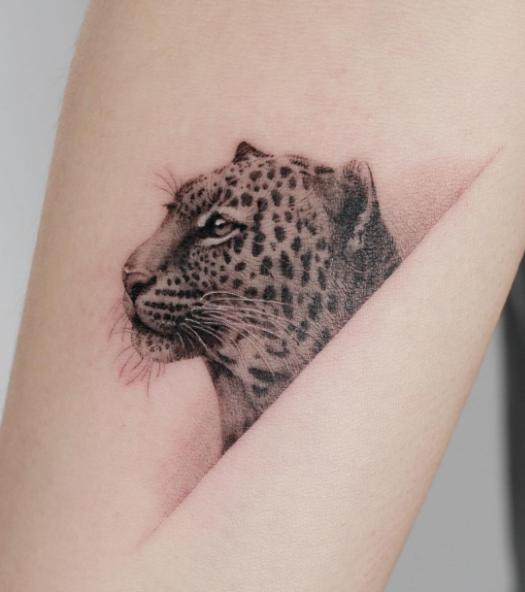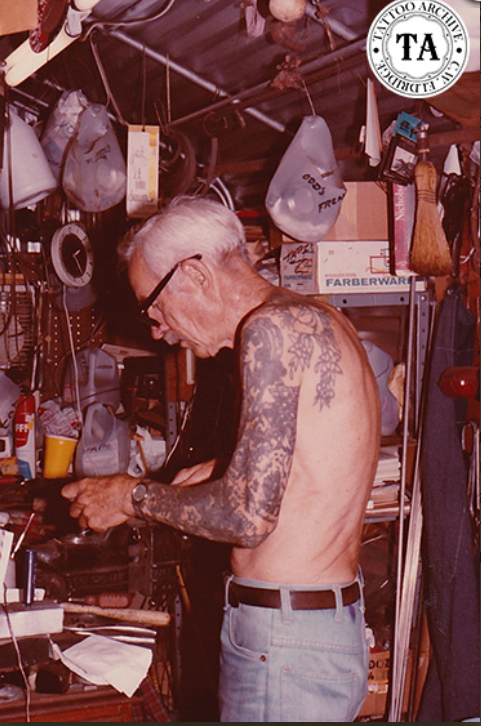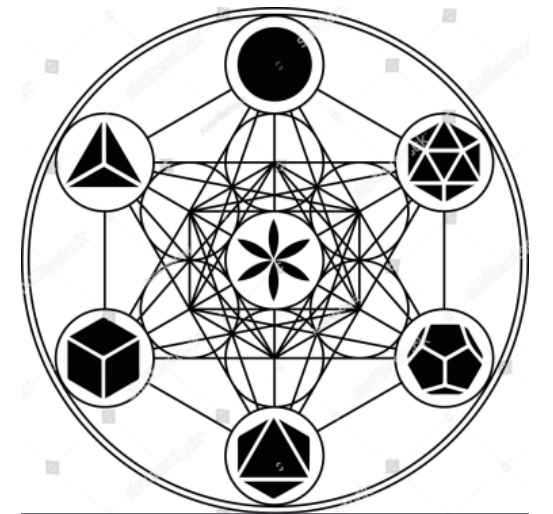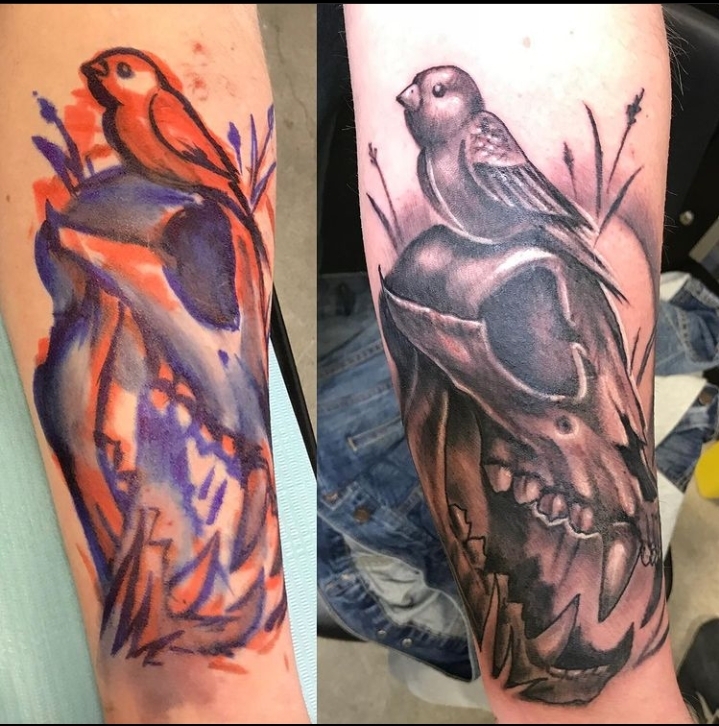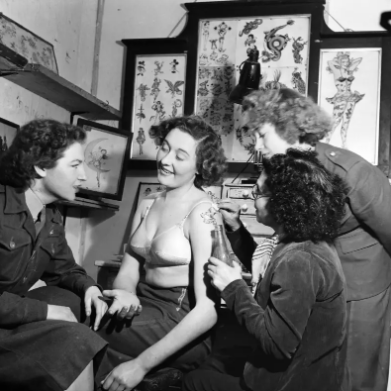The History of Pinup Girls
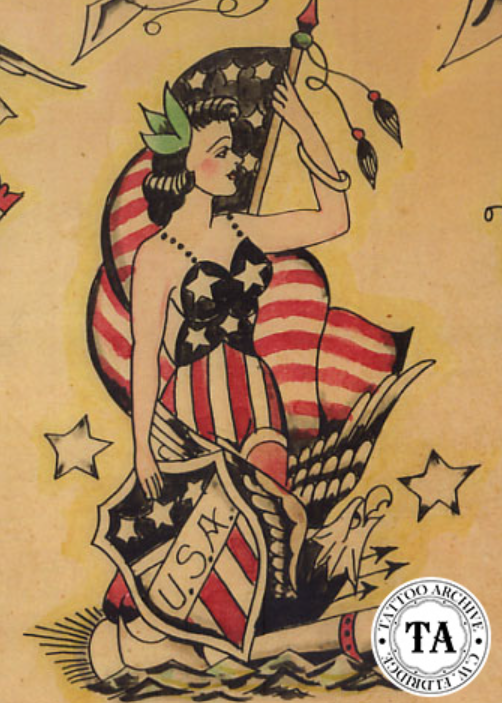
Pinup girls are one of those iconic images that are constantly evolving and changing as society does. There are many contributors that played into the development of the pin up girl through the 19th and 20th century. From illustrations, to photography with real models and into the tattoo industry the becoming of the pinup is not as simple as you may think.

The first pinup girl is credited to Charles Gibson sometime in the late 1800’s (I’ve seen both 1877 and 1895), known as the Gibson girl. The Gibson girl was said to be inspired by American girls that Charles Gibson saw on travels to America. In his long career drawing pinups he also used models to create his sketches, including his wife which some believe inspired the very first Gibson girl. Like many things that date back this far there are competing accounts on his inspirations and the order in which he drew from them but I think both are fair to say. Gibson drew pinups for Life magazine for over 20 years, which required a lot of reference material and many inspirations. Though these are recognized as the first pinups they were dressed modestly according to our definition of the word today; wearing clothing that was appropriate for their setting but also being a little more shapely which was racy for the time period.


Lethal Threat credits the beginning of the idea that women’s bodies could be shown in public to the invention of the bicycle when more fitted clothing and pants started to be worn by women who could not ride the bicycle in the long, covering gowns that were socially acceptable at the time. The bicycle did a lot to begin the women’s independence movement. Giving her the freedom of mobility, to come and go as she pleases. A woman’s shape was no longer hidden under long, bulky gowns and the art of the time started to reflect the changing times. The Gibson girl was not different from this idea, “The Gibson Girl was based on ‘the new woman’. Self assured, put together, sensual and intelligent all at once. She wanted independence.” F Yeah History writes. The Vintage News continues, “The Gibson Girl sought fulfillment and a degree of independence, but not at all like the suffragette who was paving the way for a new, completely unconventional femininity.”

In the early 1900’s calendars began to become common use in households around the world, certainly in America. Thus the calendar girl became the next evolution of the pinup, even called by some sources the mother of the pinup girl. Nearing the end of World War I the U.S government started using pinups on propaganda to sell the war effort. By World War II is when the pinup style we most easily recognize today was solidified in war propaganda. Lethal Threat puts it best saying, “Realizing that sex sells, the U.S. government started to use pinup girls on recruitment posters. When men started returning home from the war, the women of the roaring 20s were not willing to surrender the freedom they had acquired while their husbands were away fighting in Europe. The overall atmosphere of liberation matched the increasingly revealing clothing mirrored in the ever-opening society.”


War times were also when pinups got popular in the tattoo industry. As many soldiers and navy officers were being fed pinup propaganda and it was becoming more acceptable to see women’s bodies, military men being tattooed with them also skyrocketed. During this time however, the Navy did not accept enlisters who had nude women’s bodies tattooed and so Charlie Wagner spent a lot of his time putting skirts and bras on existing nude pinup tattoos. Many pinup tattoos were centered around the war, we saw lots of sailor girls and war themes like, death before dishonor.


Though the war was responsible for the popularity of pinup illustrations they obviously have lived on much longer. After the war pinups in photography started to become more popular, Bettie Paige is still known today as the most captured and collected of pinup girls. The pinup industry was taken to the extreme by Hugh Hefner in 1953 with the creation of playboy magazine. He challenged the limits of what a pinup girl looked like by pushing the societal boundary of the publication of nude images which had not been widely circulated until Playboy.
Today old school pinups are still popular, especially in tattoos as the appreciation for old school work is becoming more and more prevalent. Though they can be objectifying, the history of the pinup is actually rooted in liberation and freedom for women who at one time were expected to hide themselves from the world. It is easy to look at pinups on the surface level but diving into it I definitely have a new appreciation for pinups (not that I didn’t love them before) and I hope you do too!
Sources:
- https://www.tattooarchive.com/history/pin_up.php
- https://lethalthreat.com/blogs/news/lethal-threat-the-history-of-the-pin-up-girl#:~:text=In%201895%2C%20Charles%20Gibson%2C%20an,came%20across%20in%20his%20travels.
- https://fyeahhistory.com/2018/02/24/the-history-of-pin-ups/
- https://www.thevintagenews.com/2018/03/01/gibson-girl/?chrome=1







































































